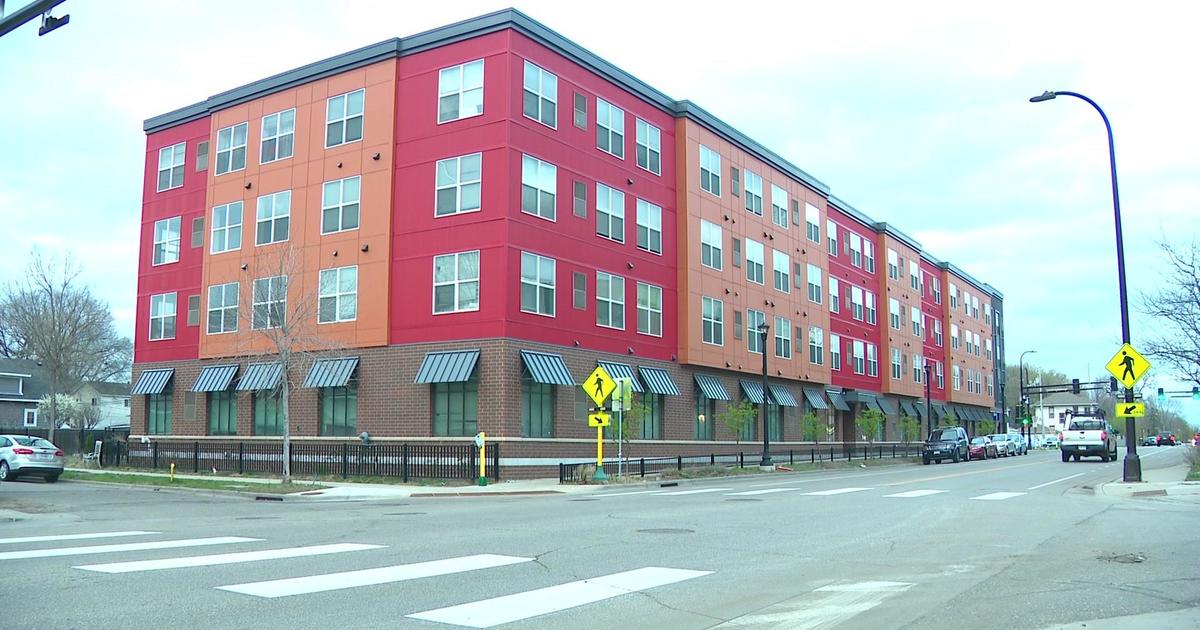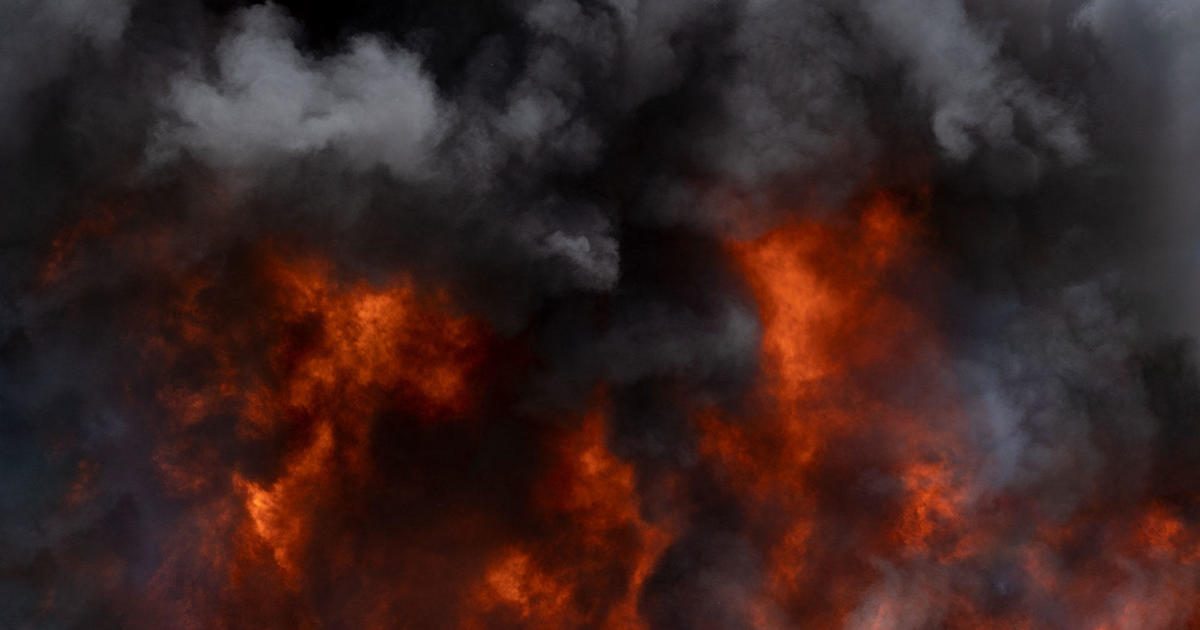FEMA Will Assess Tornado Damage In Minneapolis
MINNEAPOLIS (AP) -- The Federal Emergency Management Agency will begin assessing damage Thursday from the deadly tornado that tore through parts of north Minneapolis over the weekend to determine whether the area is eligible for federal aid, officials said Wednesday.
Two people were killed and dozens were injured when the tornado hit the city Sunday, buckling sidewalks, toppling trees and ripping roofs off houses. City inspectors have deemed 116 homes uninhabitable, while another 1,819 homes were damaged but could still be lived in. Damage was estimated to be at least $166 million.
Teams made up of FEMA, the Minnesota Department of Public Safety and the Small Business Administration officials will branch out to assess damage to houses, businesses, public buildings and infrastructure. They expect to finish by late Friday, and Gov. Mark Dayton will then send a letter to President Barack Obama requesting federal aid.
State officials will use FEMA's assessment to determine whether the state could shoulder the burden or if it should apply for federal aid. The minimum threshold to qualify for aid is $6.4 million in damage to uninsured public property -- a figure that would likely be met, said Kris Eide, director of the state's Homeland Security and Emergency Management division.
Eide said inspectors will talk to residents about insurance and damage to their homes. Crews may need to physically inspect the damage but won't be making any "value judgments," she said.
"We'd like to be able to get into as many homes as we can to be as thorough as we can to make sure we tell a compelling story to the president," Eide said outside a makeshift shelter, where people were walking in and out with garbage bags filled with belongings. "The city of Minneapolis, Hennepin County and the state of Minnesota cannot help folks recover without some federal assistance."
To qualify for federal aid, the city must meet criteria in several areas, including the amount and type of damage, impact on surrounding infrastructure, level of insurance coverage for homeowners and public facilities, and assistance from other sources.
Individual families can receive grants. For renters, it could come as rental assistance or temporary shelter. The majority of people whose homes were damaged were renting. The maximum individual assistance grant is $29,600.
Meanwhile, the National Weather Service updated its rating of Sunday's tornado, calling it a "strong end EF1," with wind speeds ranging from 100 to 110 mph. The damage was about a half-mile wide at its widest, and sporadic damage was caused over a distance of more than 14 miles, from Golden Valley to Blaine.
Xcel Energy said about 4,050 customers in north Minneapolis were still without power Wednesday night.
The University of Minnesota was recruiting volunteers to go door-to-door Thursday to check on residents, drop off food and household supplies, and provide information about housing, health and other resources.
Looting is another concern. Rep. Joe Mullery, DFL-St. Paul, said he's spoken with a number of people whose homes are almost uninhabitable, but they won't leave.
"People in the neighborhood tell me it's almost impossible to live in their houses," he said. "But they're afraid to leave because of looters going through looking for stuff."
Police have seen a higher than usual number of burglaries and officers have increased patrols in the area, but spokesman Sgt. Stephen McCarty said he thinks most of the looting reports were rumors. McCarty said if people are worried about looters, they should ask neighbors to watch their home.
"People have to look out for each other," he said.
Housing is proving to be a major need for displaced residents, and since many are staying with friends of family and haven't asked about assistance yet, that need could grow. A one-day assistance center that provided housing help and other services Tuesday drew more than 1,200 people. A disaster recovery center that opened Wednesday served another 1,200 people.
About 90 percent of the people helped on Tuesday were renters who didn't have insurance, said Cathy ten Broeke, director of the office to end homelessness for Minneapolis and Hennepin County.
"They're pretty low-income to start," ten Broeke said. "They've lost everything and don't have much to fall back on. We're dealing with an extra level of tragedy because of that."
Amanda Meeks, 31, is among the displaced. Since the tornado ripped off the side of her north Minneapolis home, exposing the staircase, she's been staying with a friend, meaning seven kids and two adults are squeezing into a modest three-bedroom apartment. The mother of four hasn't been homeless since she was 18, and usually works two or three jobs at once to get by.
"This is so random for me," she said. "And it's not my fault."
While driving around looking for a place to stay, Meeks said she might organize a fundraiser at her children's Columbia Heights school to raise money for a deposit on a new apartment. She waited four hours for help on Tuesday, but didn't get any before she had to pick up her kids from the school bus.
"It was just too hectic and chaotic," she said, noting that she ran into the same problem when she went to another building to apply for food stamps. "It was so jam-packed full. I just couldn't even stay there."
Slideshow: Twin Cities Tornado Damage
(© Copyright 2011 The Associated Press. All Rights Reserved. This material may not be published, broadcast, rewritten or redistributed.)



